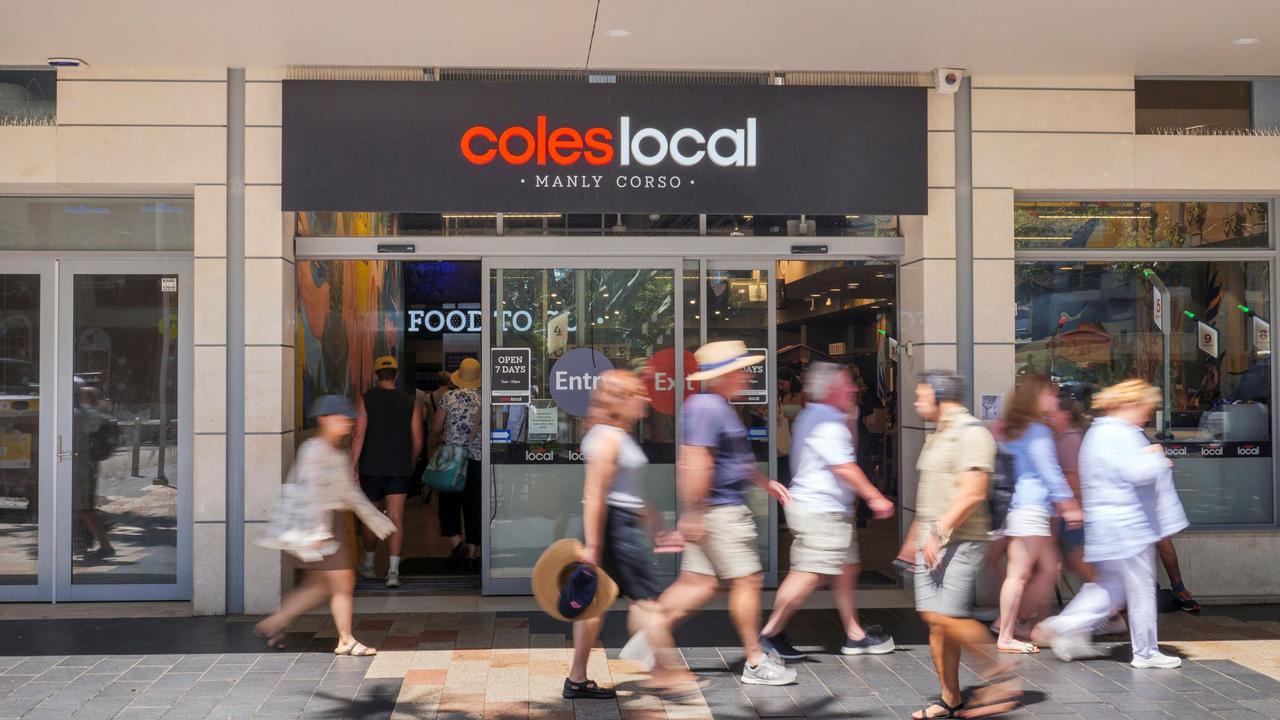Corporate Insolvency Index found a 219pc jump in businesses looking to restructure
The number of businesses seeking to restructure to survive have soared more than 200 per cent as insolvencies continue to mount across Australia.

The number of businesses seeking to restructure to survive soared more than 200 per cent in the 2024 financial year as the Australian Taxation Office went into overdrive to collect debts.
According to the Corporate Insolvency Index, in FY24, total appointments were 11,049 nationally, a 39 per cent increase on 7932 the year before – aided by a 99 per cent increase in court-initiated liquidations (2167).
However, while the new financial year is set to record further high levels of insolvencies, more businesses were reaching for restructuring lifelines to survive the turbulence.
The Australian Securities & Investments Commission sourced figures showed restructuring matters soared by 219 per cent to 1424 in 2023-24. Up to July 21, 2024, there were 136 restructuring appoinments
Director of insolvency comparison site Insolvency Australia Gareth Gammon says the results were “astonishing but not surprising.”
“The ATO has gone into overdrive to collect debts, particularly from small businesses – and directors are faced with the ongoing cost-of-living crisis, the spectre of higher interest rates due to stubbornly high inflation, and micro- and macroeconomic and political headwinds,” he said.
“It has resulted in a surge in court-initiated windings-up, but conversely it has also prompted more directors to take action to save their businesses.”
Those companies that have successfully emerged out of the reconstruction process include National Insulation, a specialised marine installer, and ex-Myer chief executive Bernie Brookes’ Marquee Retail Group, which owns accessory brands Colette by Collette Hayman and The Daily Edited.

Founder of Business Reset and FY24’s top liquidator by appointment volume Jarvis Archer said the increase in the number of businesses choosing to restructure was “promising”.
“Compared to just one-in-five companies opting to restructure in an effort to survive in FY23, that number increased to one-in-four in FY24,” he said.
“Small business restructuring has become very effective for viable small businesses to repair their balance sheets and cashflow, allowing them to operate sustainably in the future.
“Of the around 150 SBRs undertaken by my firm, none have defaulted on their payment plans to date.”
SBRs allows a small business to propose a plan to its creditors to restructure its debts while the directors remain in control of the business.
However, Mr Archer said businesses were not yet out of the woods, with indications that insolvencies will continue to increase or remain at elevated levels for the foreseeable future.
He said while this will particularly impact small business, there were also signs that medium and large businesses will experience a knock-on effect.
Importantly, the ATO issued 26,702 director penalty notices – which holds company directors personally accountable for unpaid tax debts – amounting to $4.4bn of debt in FY24, up 50 per cent on FY23.
“That’s debt that isn’t on a payment plan, where business owners aren’t engaging with the ATO. It will continue to work through its debt book to restore a compliant tax environment in accordance with its public interest duties to ensure a level playing field for business,” Mr Archer said.
“At some point, business owners need to make a call: ‘Can I see better times ahead, or do I cut my losses and close?’ With challenging financial conditions expected to continue to at least mid-2025, it will be difficult for some business owners to see the light at the end of the tunnel.”

Principal of insolvency and restructuring specialists Worrells Scott Andersen said the ATO’s use of DPNs was not the only way to encourage directors to make a decision regarding the financial affairs of their company.
“I’ve seen and heard that with increasing consistency, the ATO is reporting debtors to the creditor reporting agencies and issuing garnishee notices to companies’ debtors and their banks,” he said.
“It’s clear that if the ATO isn’t satisfied with the level of engagement by the taxpayer, they will then issue statutory demands for payment to collect.”
Mr Andersen said SBRs were “a brilliant tool” to return a company to solvency.
“The acceptance rates are extraordinarily high, which means that fundamentally viable businesses continue to exist, employ people, provide products or services, while also providing a return to creditors more than what otherwise would be the case if they were to go into liquidation,” he said..
“SBRs allow an opportunity to restructure, move forward in their business and return to solvency.”
Mr Andersen said having a conversation with an insolvency practitioner did not mean the company was “destined for the wrecking yard”.
“Further, a conversation with an insolvency practitioner can mean that the financial contagion is contained and potentially curtailed from overflowing onto director and other parties’ assets that may not otherwise be exposed,” he said.







To join the conversation, please log in. Don't have an account? Register
Join the conversation, you are commenting as Logout